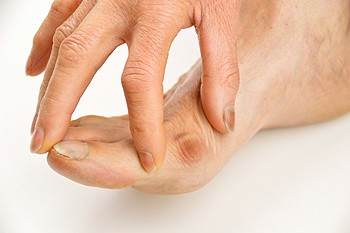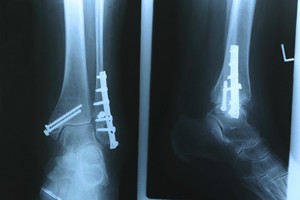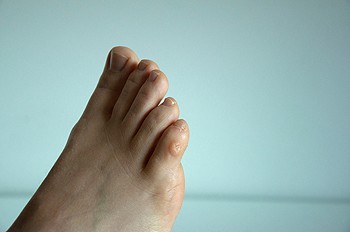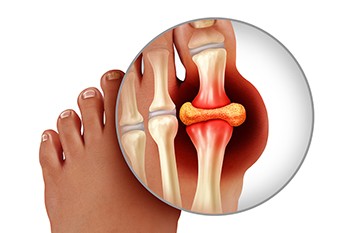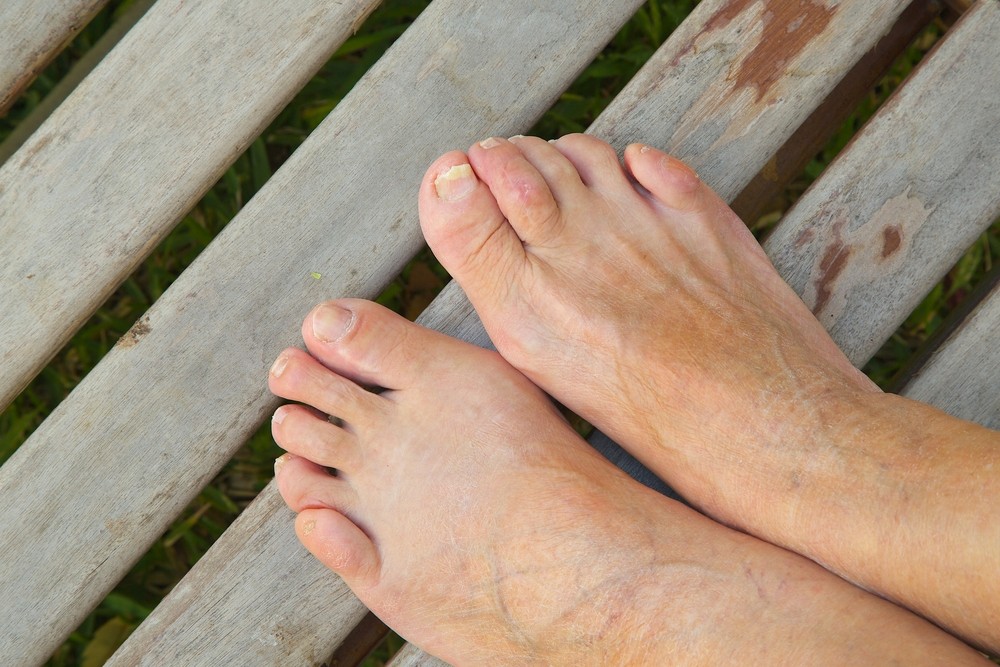 Bunions can form when the main joint at the base of the big toe gets pulled out of line and is turned toward the rest of the toes. This can also cause a bony bump to form at the base of the big toe, which can be very painful. While more conservative treatments are often attempted first, surgery is one option for correcting a bunion. Surgery is intended to restraighten the big toe. During the 30–60-minute surgery, a variety of things may be done to fix the bunion, including releasing tight ligaments, realigning the big toe’s bones, and straightening out the joints of the big toe. Patients who are struggling with pain should consult with a podiatrist to figure out the best form of treatment.
Bunions can form when the main joint at the base of the big toe gets pulled out of line and is turned toward the rest of the toes. This can also cause a bony bump to form at the base of the big toe, which can be very painful. While more conservative treatments are often attempted first, surgery is one option for correcting a bunion. Surgery is intended to restraighten the big toe. During the 30–60-minute surgery, a variety of things may be done to fix the bunion, including releasing tight ligaments, realigning the big toe’s bones, and straightening out the joints of the big toe. Patients who are struggling with pain should consult with a podiatrist to figure out the best form of treatment.
If you are suffering from bunion pain, contact one of our podiatrists of Biebel & DeCotiis Podiatry Associates. Our doctors can provide the care you need to keep you pain-free and on your feet.
What Is a Bunion?
Bunions are painful bony bumps that usually develop on the inside of the foot at the joint of the big toe. As the deformity increases over time, it may become painful to walk and wear shoes. Women are more likely to exacerbate existing bunions since they often wear tight, narrow shoes that shift their toes together. Bunion pain can be relieved by wearing wider shoes with enough room for the toes.
Causes
- Genetics – some people inherit feet that are more prone to bunion development
- Inflammatory Conditions - rheumatoid arthritis and polio may cause bunion development
Symptoms
- Redness and inflammation
- Pain and tenderness
- Callus or corns on the bump
- Restricted motion in the big toe
In order to diagnose your bunion, your podiatrist may ask about your medical history, symptoms, and general health. Your doctor might also order an x-ray to take a closer look at your feet. Nonsurgical treatment options include orthotics, padding, icing, changes in footwear, and medication. If nonsurgical treatments don’t alleviate your bunion pain, surgery may be necessary.
If you have any questions, please feel free to contact one of our offices located in Holmdel and Middletown, NJ . We offer the newest diagnostic and treatment technologies for all your foot care needs.
